Patients at Children’s Specialized Hospital Use ZeroG for Optimal Recovery Outcomes
Source: Childrens Specialized
Pediatric patients recovering from a spinal cord injury, brain injury or stroke at Children’s Specialized Hospital now have access to ZeroG, cutting edge balance and gait training system that helps patients to walk again. Here at Children’s Specialized Hospital, we include ZeroG in our intensive pediatric rehabilitation hospital program, making us one of only two children’s hospitals in the country to offer the device.
The ZeroG is our newest addition to our therapy program, but our highly skilled team utilizes many other treatments for children with spinal cord dysfunction, stroke and brain injury.
Our outcomes and recovery rate for our brain injury, spinal cord and stroke patients far surpass the national average of similar institutions. According to 2013 pediatric functional independence measure (WeeFIM).
- Stroke and spinal cord injury patients had a significantly more successful recovery than the average outcomes of similar facilities nationwide
- Stroke: average change rate score of 58.1% vs 34.9%.
- Spinal cord: average change rate score of 55.3% vs 33.9%
- Traumatic brain injury patients have significantly more successful recovery rates than national average of similar
- Change rate scores 83.6% vs. 64.3% national average, a 19.3% difference
More About ZeroG
The dynamic body weight support harness provides training for standing, sitting, and walking. It is used for a wide range of patients with all levels of acquired, traumatic, and congenital spinal cord dysfunction, including children with:
- Guillain-Barré syndrome
- Traumatic brain injury
- Stroke and spinal stroke
- Cerebral palsy
- Paralysis
- Incomplete spinal cord injury
There are many benefits to training with ZeroG:
- Patients can begin physical therapy earlier in their treatment, a factor associated with enhanced outcomes.
- The body-weight device allows for partial compensation of spasticity, abnormal coordination, and weakness.
- There is nothing on the floor, so patients can practice on stairs and uneven ground, train for sit-to-stand motions, and use assistive devices if necessary.
- The device offers security, so patients may not develop compensatory strategies.
- Therapists can assess and track a patient’s recovery.
Additional therapy treatments may include:
- FES cycling
- Upper and lower extremity electrical stimulation
- Custom bracing (some with built-in electrical stimulation)
- Treadmill training
Each patient’s treatment plan combines a vigorous rehabilitation program with comprehensive medical and nursing care.
Of course, we understand that dealing with a spinal cord injury can be a stressful ordeal, even with the best care. So, to help our patients adjust as they recover from their injury, the team also provides community integration trips, school visits, and home evaluations to ensure a smooth transition to home and school.

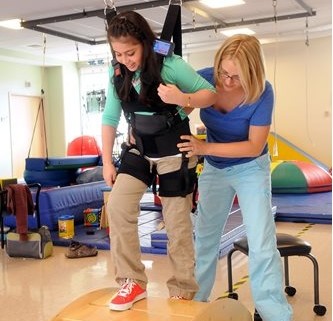
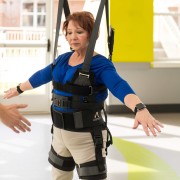
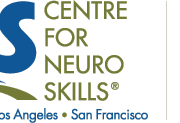
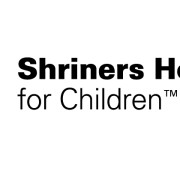
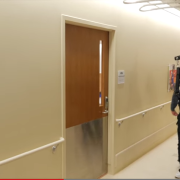
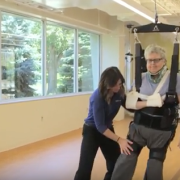
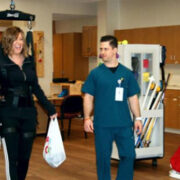
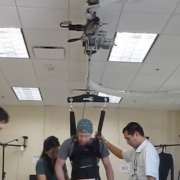
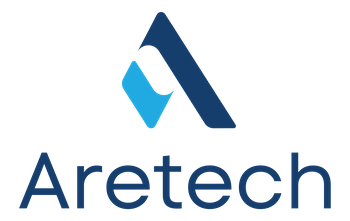


Leave a Reply
Want to join the discussion?Feel free to contribute!